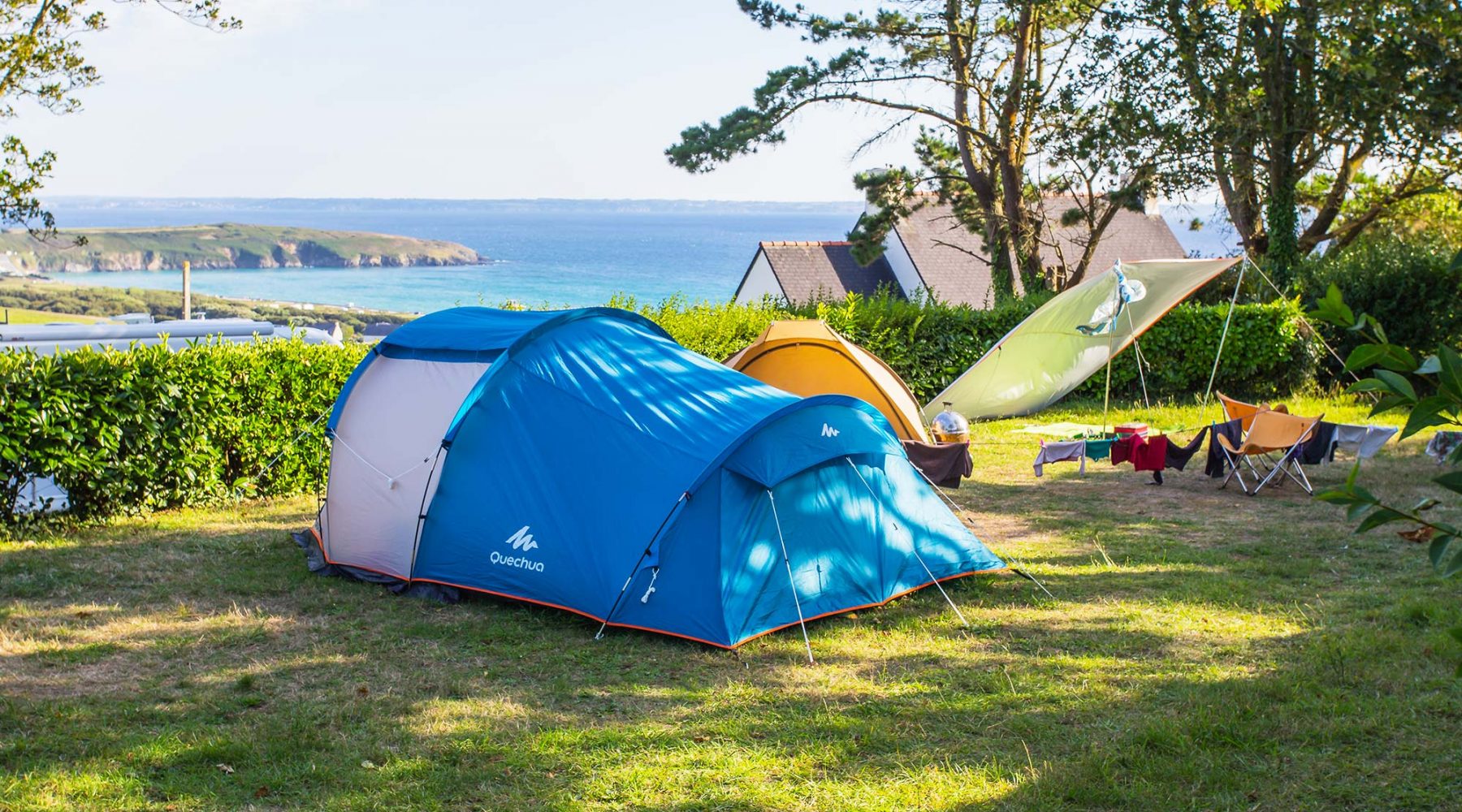
In this article on how to pack a backpack, we will cover these main areas of concern: Size of the Pack, Maximum Weight of the Pack, Weight Distribution, Attaching Gear to Outside of Pack, Organization of Materials to be Packed, and Options for Hydration. These are the primary things you need to think about as you prepare to backpack. Size of Pack
As a general rule of thumb, you can divide pack sizes into what you will need based on the length of the trip and gender. Clearly, some adjustments can be made to both factors here. Commonsense and experience will dictate these adjustments. Length of Trip We are assuming that most trips will be a minimum of 2 days. With this in mind, look for a pack in the 2400-4800 cubic inch capacity range for trips lasting 2-4 days. For 5 days and longer, look for a larger capacity pack based on the guidelines in the next section. Gender Packs must fit. They also cannot be too heavy. Both of these considerations are somewhat impacted by gender. Having said that, this author knows plenty of women capable of out-carrying most men. The point is here to get what will work for you.
Having said this, for the 5 days and longer range, women can generally look at packs with a capacity of 4300 cubic inches and greater. Men can look at packs with a capacity of 4800 cubic inches and greater. Maximum Weight The general rule of thumb on maximum weight is 25-30% of your ideal body weight. So, a 150 lb person should be looking at carrying up to 45 lbs including the weight of their pack. A 200 lb person can go up to 60 lbs. Many people exceed these guidelines for weight, but with some planning they really would not need to do so. Weight Distribution The plan here is to pack you gear in three layers. The bottom layer will be lighter items you will not need access to through the day of backpacking. This would include sleeping bag, certain clothing items, etc. The middle layer, near the middle of the back, would include your heavier items such as camp stoves, fuel, and food. At the top, you should put items that are lighter, and you might need through the day. Additionally, make sure you pack weight evenly from side to side. Occasionally, some adjustments will need to be made. As you become familiar with your gear, the need to make these adjustments will be lessened. Attaching Gear to Outside of Pack First, let me urge the reader to not get carried away with this. You will see some backpackers that look like they could not possibly own a single item that would go inside their pack because it must be somewhere on the outside. This looks ridiculous, but more importantly, can create stability issues as you hike with your pack. Sharp items that might tear the interior of your pack should go on the outside. This might include items such as trekking poles. Also, some items like sleeping pads are natural fits to go on the outside. As you attach items, keep in mind that you will likely need to access items on the interior of the pack through the day. Organization of Materials to be Packed
This is likely the most important part of packing your backpack. Lay out all materials you think you will bring Start with sleeping bag which will go in the bottom. Place other clothing you will not need in same area. Place “miscellaneous” items with other items of a similar nature in small stuff sacks (color-coded helps) so that you can locate them more easily. Fill pack with such items that fit this category until you reach level where heavy items go. Pack camp stove, fuel, and food. Some believe fuel and food should not be in same area. As long as fuel is secure I find this not to be a problem. Place items above that may need to be accessed through the day. If using a tent, distribute parts to backpackers who will reside in it. Options for Hydration Essentially, there are two possibilities here. Most newer packs will be set up for hydration reservoirs. This is a nice option. If not, utilize the external pockets on older packs for water canisters. That’s what folks have been doing for years, and it will work just fine.

